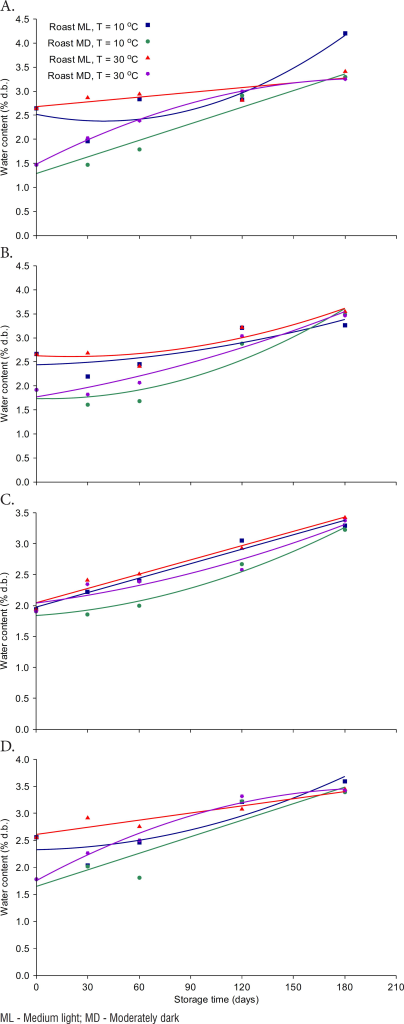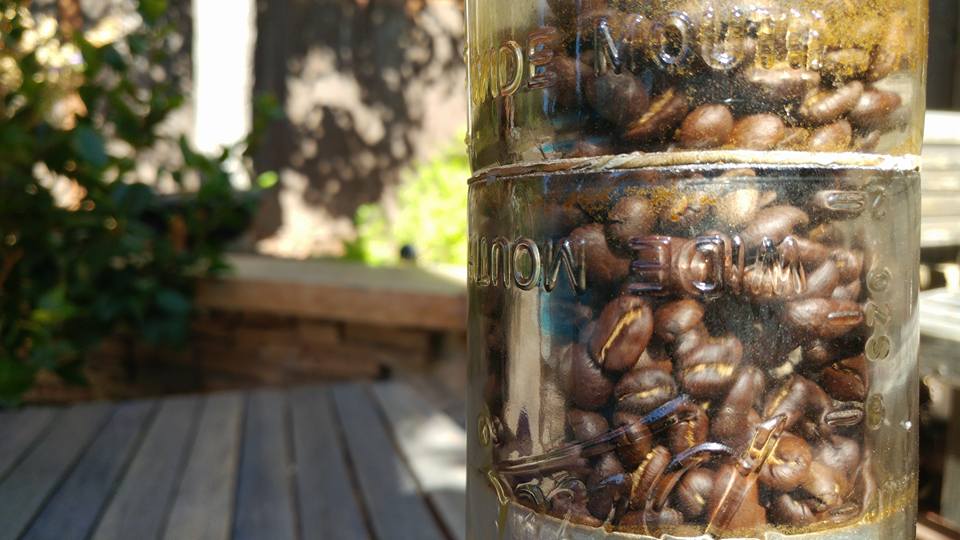The appropriate moisture content of coffee beans during roasting varies depending on the type of coffee beans, and it is generally recommended to maintain the level of 9% to 12%.
If the moisture content is less than 9%, the coffee beans may be too dry to roast, and they may lack flavor. On the other hand, if the moisture content exceeds 12%, there is a possibility of improper roasting, and the risk of deterioration increases during storage.
Therefore, it is necessary to measure the moisture content of coffee beans before roasting to determine the appropriate level, and to proceed with roasting considering this during roasting. It is important to maintain proper storage conditions to maintain the moisture content of coffee beans after roasting.
There are several methods for determining the moisture content of coffee beans, but the most common is the oven drying method. The oven drying method is performed in the following sequence.
- First, grind the coffee beans to the appropriate size.
- Dry in an oven at a low temperature of 105℃~110℃.
- After a period of time (eg 15 minutes), reweigh the beans.
- Calculate the moisture content by comparing it to the weight previously measured.
This method is relatively simple and gives accurate results, and is commonly used in many laboratories and roasteries. However, other measurement methods include the Karl Fischer method and the thermogravimetric method. These methods guarantee higher accuracy than oven drying methods, but can be more complex and costly.

If the moisture content of coffee beans exceeds 12%, a roaster can respond in the following ways:
- Adjust the roasting time: Coffee with high moisture content may generate impurities at high temperatures, so adjusting the roasting time can help remove moisture from inside the coffee beans.
- Lower the roasting temperature: Lowering the roasting temperature can prevent excessive evaporation of moisture from inside the coffee beans.
- Stir more frequently: More frequent stirring during the roasting process can help distribute heat evenly and remove moisture uniformly.
- Choose green coffee: Selecting green coffee beans with lower moisture content is also an option before roasting.
Therefore, even if the moisture content of coffee beans exceeds 12%, a roaster can use the methods described above to maintain the quality of the coffee and ensure optimal taste and aroma.
When the moisture content of coffee beans is less than 9%, it is important to adjust the roasting time to be shorter than usual and keep the roasting temperature relatively low to prevent the beans from becoming excessively dry. Low moisture content causes coffee beans to dry out quickly during the roasting process, so it is important to adjust the roasting time and temperature to prevent the beans from becoming excessively dry.
How to measure the moisture content of beans in the system, how to apply the moisture content factor to the roasting profile, and how to set the operating direction of the machine are points to consider. do you have any clues about compensation ways at the roasting stage except mentioned?

